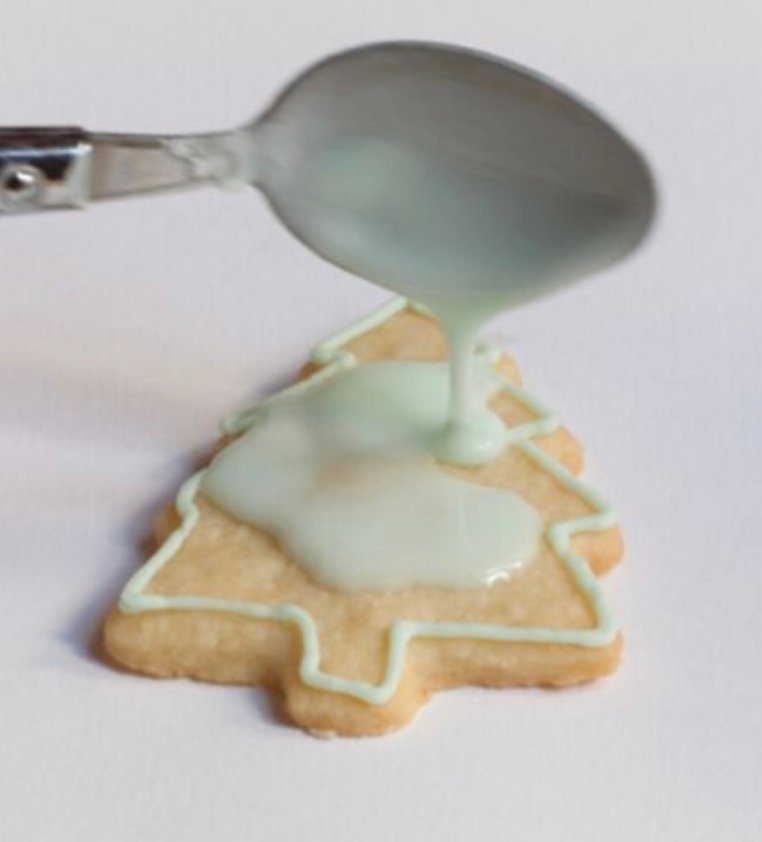A Taste of Tradition, Gingerbread Wonders, a Festive Cookie Recipe
Delicious, spiced, and beautifully decorated, Christmas gingerbread cookies have become a beloved holiday tradition around the world. These aromatic treats, often shaped into festive figures, bring warmth and nostalgia to our hearts. But have you ever wondered about the origins of these delightful cookies and the stories they carry through generations?
Gingerbread cookies have a fascinating history that spans centuries, evolving from a combination of culinary traditions and folklore. Their journey traces back to ancient civilizations, and over time, they have evolved into the cherished symbols of holiday cheer we know today.
So, their origins can be traced back to ancient Egyptian, Greek and Roman civilizations, where honey, spice and bread were combined to create aromatic desserts. However, the most recognizable version of these cookies is closely linked to medieval Europe.
In medieval Europe, gingerbread was already a popular sweet, mainly prepared by monks in monasteries. These religious confectioners used precious spices such as ginger, cinnamon, nutmeg and cloves to flavor their creations. Over time, gingerbread spread throughout Europe and became associated with various holidays and celebrations, including Christmas.
In Germany, gingerbread was often molded into the shapes of people and animals, and therefore, these decorative cookies were offered at festivals and Christmas markets. In the UK, Queen Elizabeth I of England is credited with popularizing gingerbread cookies through elaborate decoration, and they became a symbol of status and festivity.
Over the centuries, these gingerbread cookies have migrated to other parts of the world through exploration and trade, and each culture has added its own twist to the recipe. So, today, gingerbread cookies are an emblematic element of the festive season, associated with conviviality, creativity and tradition. They are also used to create gingerbread houses, another popular Christmas custom.
Let’s embark on a culinary journey to explore the rich history and cultural significance of these festive creations, which have been treasured for generations during the holiday season. Don’t forget after this preparation to skip on the mulled wine recipe
Recipe of Homemade Gingerbread Cookies
Start by turning on your oven to 200°C (392°F) (th6-7).
Step 1
- Ingredients:
- 250g (2 cups) all-purpose flour
- 1 tsp baking powder
- 1/2 tsp salt: A pinch of salt enhances the flavours of the other ingredients.
- 2 tsp ground ginger
- 2 tsp ground cinnamon
- 1/2 tsp ground nutmeg
- 1/4 tsp ground cloves
In order to get started, mix the flour, baking powder, salt, ground ginger, ground cinnamon, ground nutmeg, and ground cloves in a bowl.
Step 2
- 125g (1/2 cup) margarine or butter
Now, It’s time for melting the butter in a large saucepan or in the microwave then, let it cool slightly.
Step 3
- 150g (3/4 cup) granulated sugar
- 120ml (1/3 cup) molasses (or honey or maple syrup)
- 1 egg: An egg adds moisture and acts as a binder (holding the dough together).
It’s time to add granulated sugar, molasses or honey or maple syrup, and beaten eggs to the melted butter. Mix well.
Step 4
Gradually add the dry mixture (flour and spices) to the wet ingredients and mix until a dough forms.
Step 5
Place the dough on a well-floured surface and knead it by hand.
If needed, add a little more flour until the dough is no longer sticky.
Step 6
So now, on a floured surface, roll out the dough to a thickness of about 7mm (1/4 inch). Use cookie cutters (or a glass or knife) to cut out your desired cookie shapes.
Step 7
Finally, it’s time to bake the cookies on a baking sheet lined with parchment paper.
- 6 to 7 minutes for medium-sized cookies
- 10 to 12 minutes for large cookies
Keep an eye on them and remove the cookies from the oven when they’re nicely golden brown.
If you’re not using the gingerbread dough right away, wrap it in plastic and store it in the refrigerator. You can keep for up to a week. Just remember to take it out of the fridge 3 hours before working with it to prevent it from being too hard.
You can make approximately 30 to 40 cookies, depending on their size.

Option : the Icing for Gingerbread cookies
- 300g (2 1/2 cups) powdered sugar
- 1 egg white
- A few drops of lemon juice
- Optional: a few drops of vanilla extract and food coloring
However, you can make your own icing by mixing powdered sugar, egg white, and a few drops of lemon juice. Optionally, add some vanilla extract and food coloring for flavor and decoration.
So, mix the egg with the powdered sugar and lemon juice until you obtain a paste with the texture of toothpaste. Then fill your piping bags, screw on the tips of your choice and decorate your shortbread! You can alternate colors by making half the cookies blue, then the other half with white icing, for example. The important thing is to allow each layer to dry.
You can store the cookies in an airtight container, and they’ll stay perfect for days.

Can you freeze gingerbread cookies?
Yes, you can freeze both baked and unbaked gingerbread cookies.
- To freeze baked cookies: Arrange cooled gingerbread cookies on a baking sheet. Freeze for three hours or overnight. Transfer the now-frozen cookies to a ziplock bag or freezer-safe container. Wrap in at least one layer of aluminum foil for extra protection. Freeze for up to two months.
- To freeze cookie dough: Roll dough into balls and place on a parchment-lined baking sheet. Cover and freeze for about three hours or overnight. Transfer the now-frozen cookies to a zipped bag or freezer-safe container. Wrap in at least one layer of aluminum foil for extra protection. Freeze for up to two months. When you’re ready to enjoy the cookies, defrost the dough in the fridge overnight. Roll balls in sugar and bake according to recipe.
Bon appétit!
For more Christmas recipes, for online cooking classes, do not have any hesitation to contact me!
